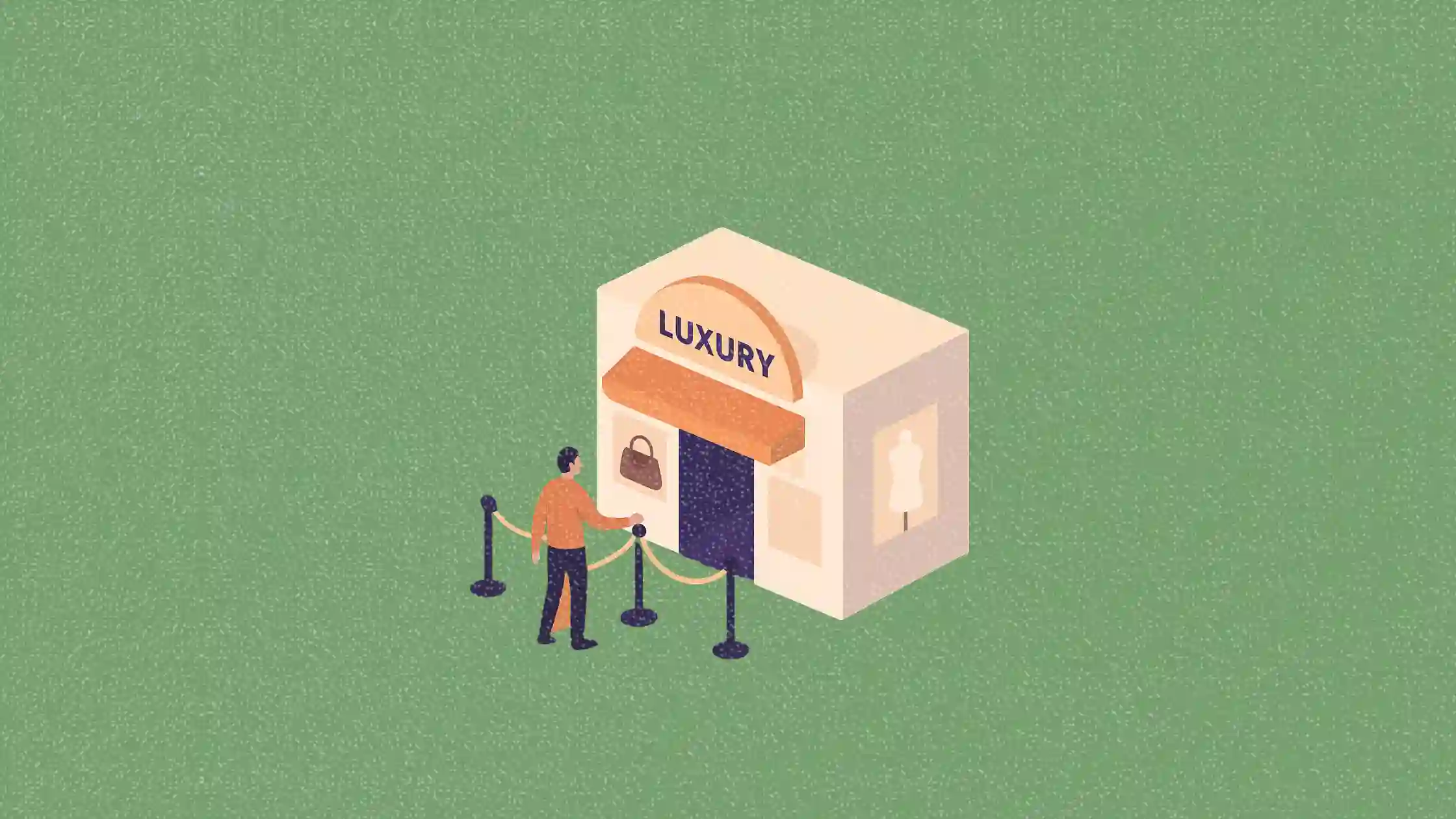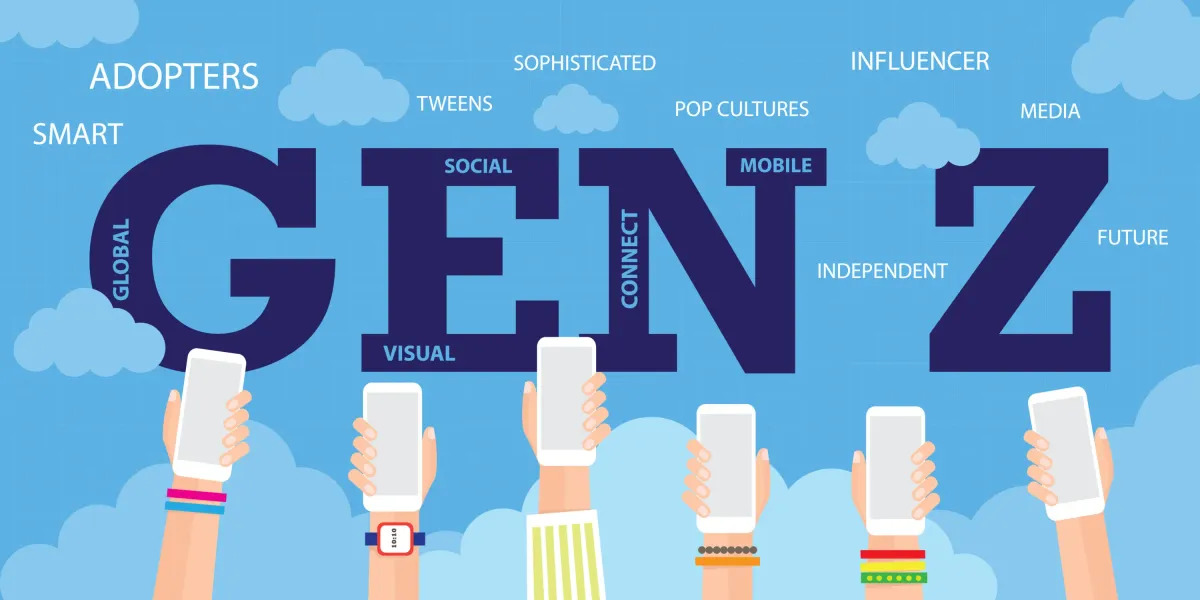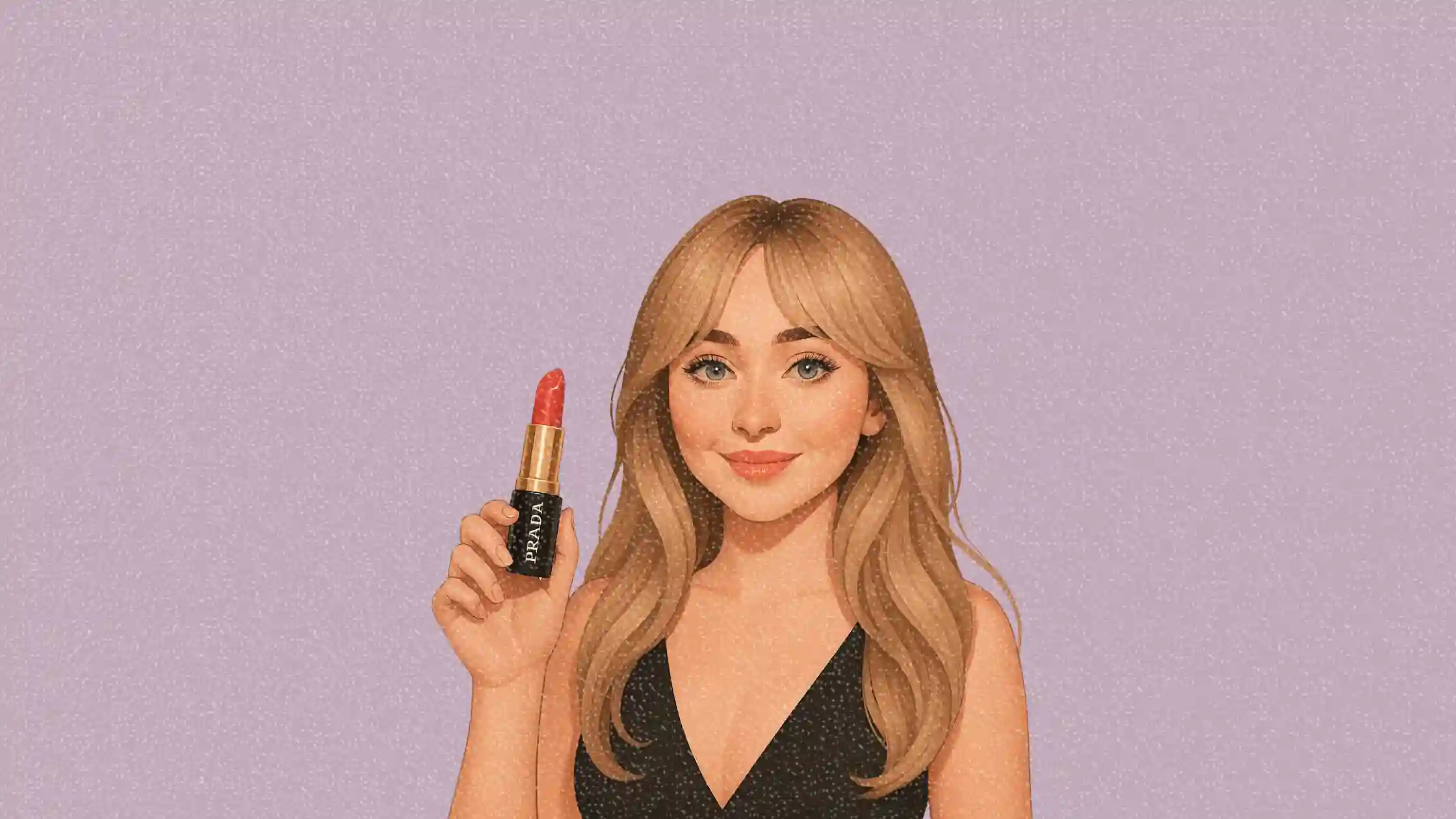How luxury pop-ups are rewriting the rules of exclusivity
From Dior cafés to Louis Vuitton in Joo Chiat, luxury pop-ups are making exclusivity feel more personal

Forget hushed boutiques and doormen. Luxury's latest power move isn’t about keeping people out—it’s about inviting them in, with intention.
This article explores how brands like Burberry, Louis Vuitton, and Coach are leveraging pop-up experiences to reframe exclusivity—meeting today’s consumers in unexpected places while keeping the luxe factor intact.
For marketers, it’s a lesson in how to balance aspiration with accessibility in brand storytelling.
Short on time?
Here’s a table of contents for quick access:
- Burberry to Coach: immersive moments in unique locations
- Why inclusivity is the new exclusivity
- Local context: Southeast Asia’s appetite for luxury pop-ups
- Curation, not dilution: how brands protect prestige
- Brand love beyond the checkout

Burberry to Coach: immersive moments in unique locations
Luxury pop-ups are evolving from marketing stunts to fully immersive environments. Burberry’s Somerset estate takeover exemplifies this shift: think croquet on Burberry-check lawns and chauffeured garden tours in branded buggies.
In Singapore, Coach’s recent Tabby campaign turned ION Orchard into a sensorial playground featuring popsicle art and interactive displays.
These aren't just flashy photo ops—they're high-touch entry points that help redefine brand connection for a younger, experience-driven audience.

Why inclusivity is the new exclusivity
As Stella Wong of Brand Soul International puts it: “No one brand or celebrity is above customers.” For consumers who may find flagship boutiques intimidating, pop-ups are a less formal invitation into the luxury fold. They turn cold brand equity into warm familiarity.
Affordable luxuries—like a branded latte or keepsake from a Dior café—create accessible touchpoints without cheapening the brand.
Wong notes that these gestures deepen engagement while maintaining the aura of rarity.
Local context: Southeast Asia's appetite for luxury pop-ups
Markets like Malaysia and Singapore have become hotspots for pop-up activations by CELINE, Kate Spade, and Louis Vuitton.
The regional appetite for high-end experiences is strong, but context is everything.
Louis Vuitton’s Murakami pop-up in Singapore’s Joo Chiat married global prestige with local flavor. Situated in a heritage precinct and the only such activation in Southeast Asia, it drew regional traffic while amplifying exclusivity through location and limited access.
Curation, not dilution: how brands protect prestige
As Tjin Lee of Gusto Collective SEA notes, access doesn’t have to erode aspiration. The key is curated layers: think VIP-only tastings, early product drops, or in-situ artisans showcasing craftsmanship like Louis Vuitton’s repair station.
Gracia Yap, founder of Next Bold Move, adds that strategic gatekeeping still matters.
A great pop-up leaves all visitors feeling closer to the brand, but VIPs walk away with something deeper—a personalized, prestige experience.
Brand love beyond the checkout
What happens after the pop-up matters just as much as what happens during it. “A well-designed backdrop isn’t just Instagrammable,” says Yap, “it’s a bridge to ongoing engagement.”
Take Ralph Lauren Fragrances’ Sentosa beach club as a case study. With cocktails, samples, and limited-time Lazada deals, even non-purchasing visitors left with something tangible—and a reason to stay connected.
Pop-ups also create brand advocates. A positive, pressure-free encounter might not convert today, but it puts the brand into the consumer’s consideration set for future decisions.
Today’s consumers crave access and experience—but not at the cost of brand mystery. Luxury pop-ups work when they feel intentional, intimate, and immersive.
They teach us that exclusivity is no longer about saying “no.” It’s about saying “yes” in the right way, to the right people, in the right context.





